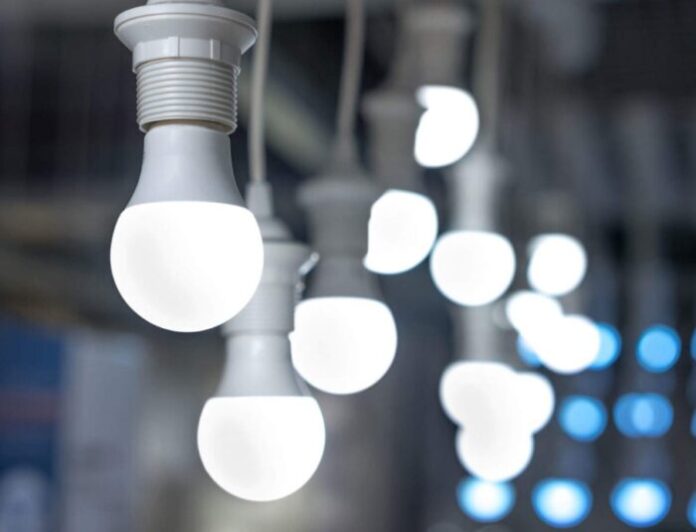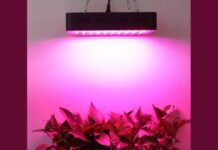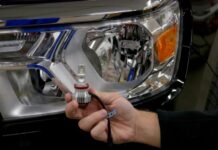If you had to, would you upgrade from traditional lighting to LED lighting? We’re confident that most of you would choose the LED lighting, as most of us know that it is simply better than traditional lighting, but do you know why?
If you don’t know – don’t worry. Most people aren’t aware of all the advantages LED lights have over regular, traditional ones, even though they want to make the switch. However, if you want to know just why they’re better to justify the upgrade, well, you’ve come to the right spot. Here are the benefits & advantages of converting to LED lighting technology.
1. It Lasts Longer
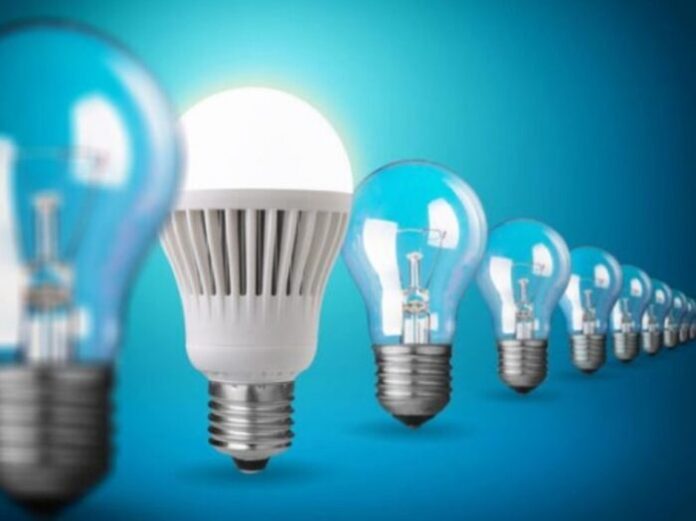
If you were to compare a traditional incandescent bulb to a LED one, you’d notice that the latter one last a lot, a lot longer. How longer? Well, on average, a traditional light bulb will last you around 1,000 hours, depending on the brand and the quality. On the other hand, an LED light will last you anywhere between 50 and 100 thousand hours.
That’s at least 50 times longer. To put it into perspective – you could have a high-quality LED bulb on for more than ten years without it breaking. On the other hand, a regular bulb would probably die in about a month, a month and a half.
2. It’s Cheaper
You might think to yourself – that’s not right. Well, sure, if you just compare the prices of the two, you can clearly see that a traditional option is probably ten times, or more, less expensive than the LED one. So, what are we talking about?
Well, if you just factor in the longevity of the bulb, you’re to realize what we’re talking about. A regular $10 LED bulb will last you about ten years, during which time you’re probably going to go through at least 30 regular ones. Once you look at it from that perspective, it’s easy to see just how much of a better investment an LED bulb is.
3. It’s Far More Energy Efficient
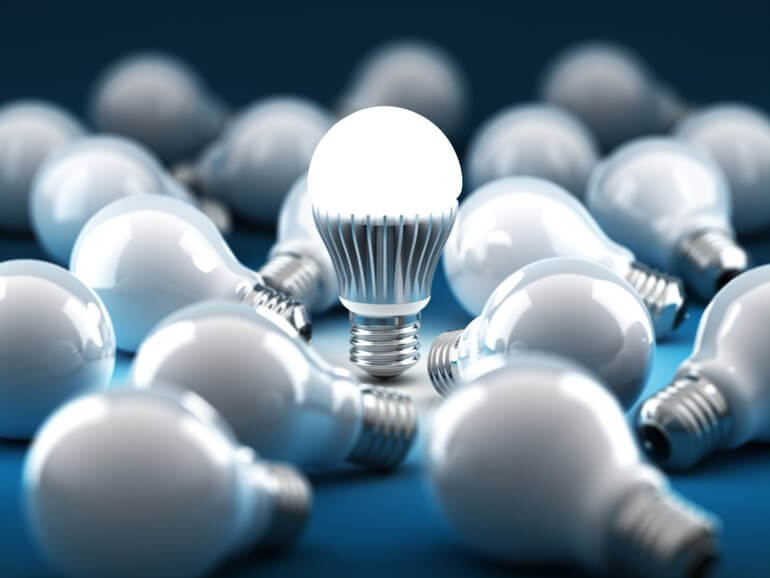
Energy consumption isn’t something we think about when we’re thinking about light bulbs. After all, they don’t consume a lot, so we don’t really pay attention to it. However, on a large scale, it becomes quite evident just how much money you could save with these ones.
Let’s say you have a large facility, like a factory, that needs to be illuminated at all times. Well, replacing all the traditional bulbs with the LED one could lower your energy consumption anywhere from 50% to as high as 90%, depending on the difference between the lights. Once again, when you look at the bigger picture, it all becomes much clearer.
4. Wide Variety Of Options
Unlike traditional incandescent lighting, LED lights come in all kinds of shapes, types and sizes. If you just take a look at the ledmegastore.se catalogue, you’ll see what we’re talking about.
Whether you want bulbs, strips or some other type of lighting – you can have it. You can get anything, from colour-changing lights all the way to power-saving, eco-friendly lights – your options are virtually endless.
5. It’s Eco-Friendly
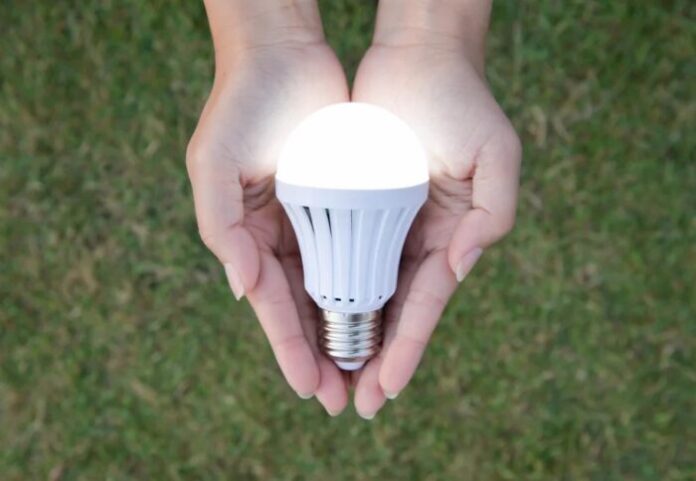
In 2025, it should be one of your goals to lower your carbon footprint as much as you can. One of the easiest ways in which you can contribute to saving the environment is by switching to LED lights. Not only are these lights better for the environment because they don’t use as much power, but they’re also easier to manufacture, but more importantly – they’re much easier to dispose of. Lack of mercury and other potentially harmful chemical elements makes disposing of these much easier and safer.
6. Adjustable Lighting
Even though you could achieve adjustable lighting with the traditional bulbs, they’re not really designed to withstand that kind of use. More often than not, if you use adjustable lighting with traditional bulbs, you’ll put too much strain on them, which will lower their life expectancy, as well as potentially increase their power consumption.
With LED lights, on the other hand, you don’t have to worry about any of that. They are designed in a way so that they can be fully adjusted, and unlike traditional lights – they do it efficiently. As we’ve said, if you were to dim a traditional light bulb, that wouldn’t make it consume less power or last longer, but that’s exactly what a LED light bulb would do.
Not only that, but LED lighting can easily change colours. Many people nowadays are using RGB LED strips in their kitchens or bedrooms so that they can easily set the atmosphere to their liking.
7. Directional Lighting
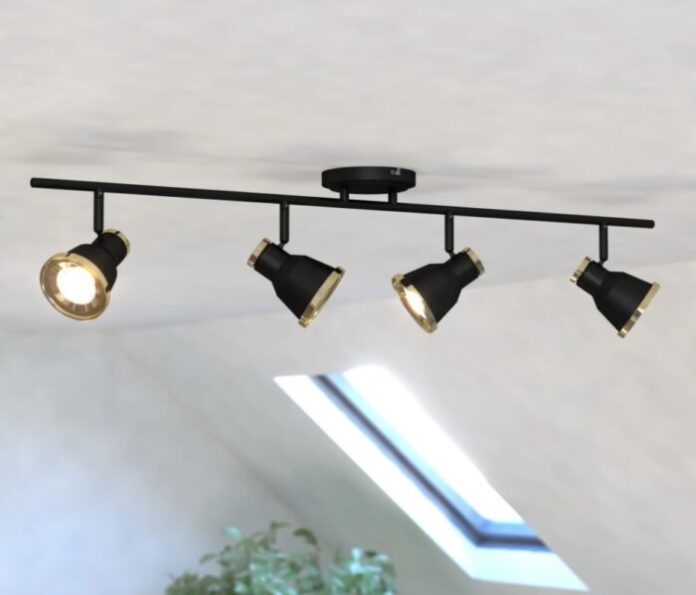
Another thing that is proven to be quite useful is directional lighting. Unlike traditional bulbs that light up 360° around the source, LED ones only illuminate an area of 180°. This might not sound important to you, but sometimes you need recessed or directional lighting.
As we’ve said, a kitchen or a bedroom is a place where you could make the most of these. For instance, if you like watching TV in your bedroom, but you don’t want to turn off the lights, but you also don’t want that annoying glare on your TV – an LED strip or a bulb is your friend.
8. No Heat Output
One of the reasons why LEDs are far more energy-efficient compared to their incandescent predecessors is because they don’t waste energy. A traditional bulb wastes most of its energy on producing heat because it needs to “burn” in order to produce illumination. On the other hand, LEDs emit almost no heat, which means they won’t waste energy or get hot.
9. They Produce Better Light

Finally, we’re sure you’ve noticed that yellow-ish, orange tint most traditional bulbs output. Well, LEDs don’t have to. You could set them up to emit warm lighting if you wanted to, but if you just want natural lighting that will help you see the colours for what they really are – LEDs are a much better option.
Conclusion
As you can see, there is more than a few advantages that come with converting to LEDs. Now, some of these might not be important to you, but we’re sure at least several of them are, which we assume is probably more than enough for you to make the switch.

